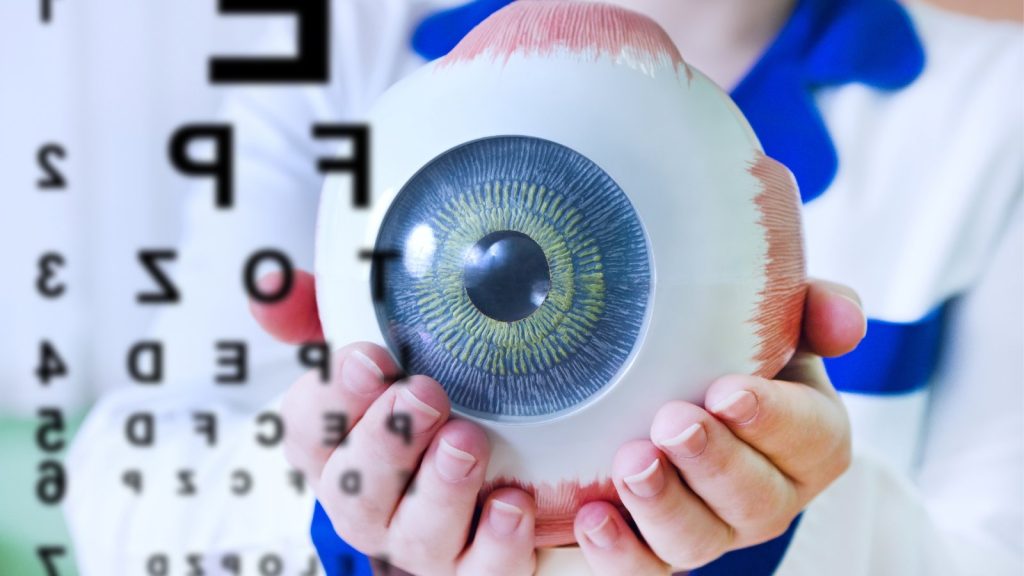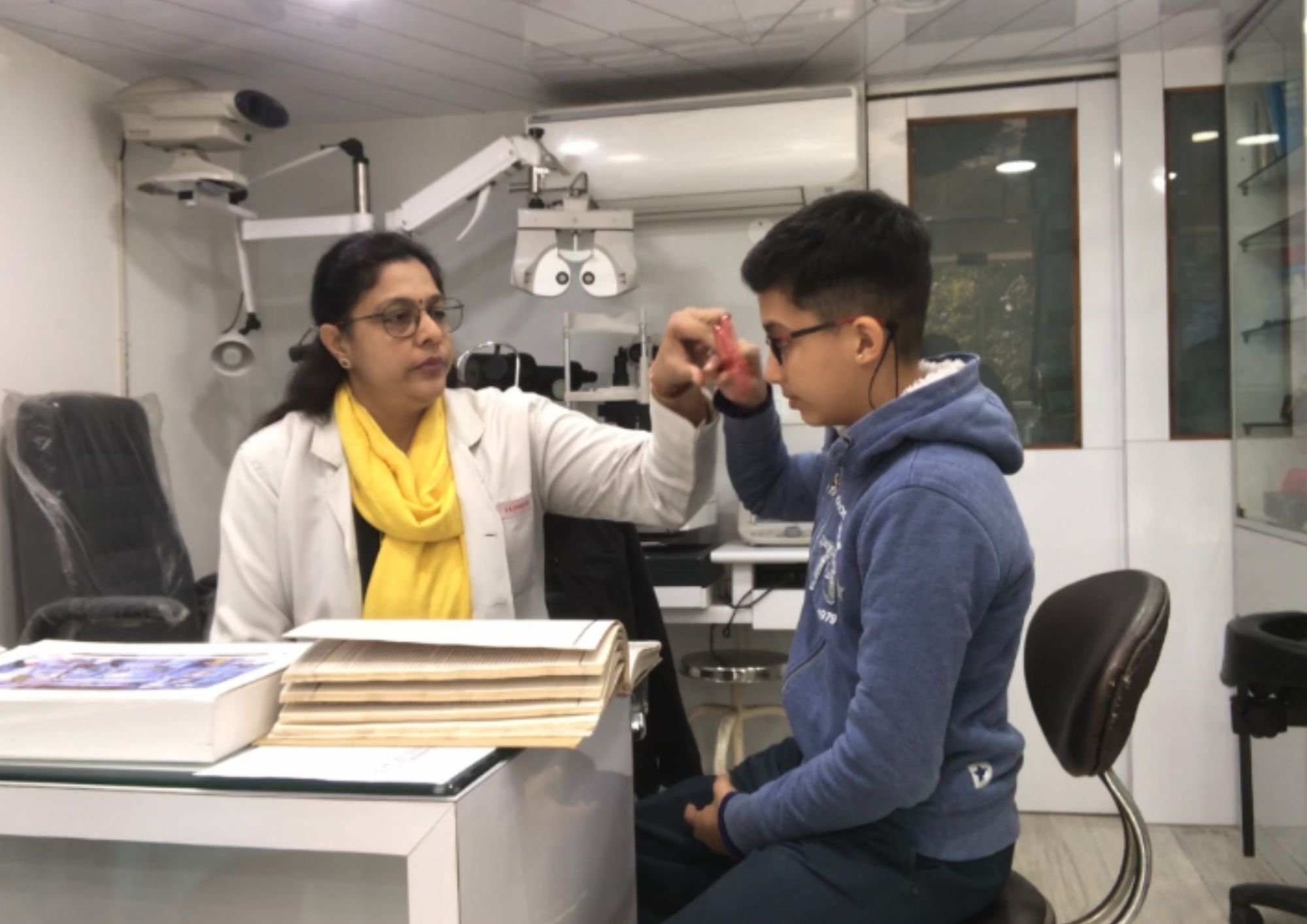The Function of Advanced Diagnostic Tools in Identifying Eye Disorders
In the world of ophthalmology, the use of advanced diagnostic devices has actually reinvented the very early identification and monitoring of different eye disorders. From discovering subtle modifications in the optic nerve to monitoring the progression of retinal diseases, these technologies play a pivotal role in boosting the accuracy and efficiency of identifying ocular conditions. As the need for accurate and prompt diagnoses proceeds to grow, the combination of advanced devices like optical coherence tomography and visual area testing has come to be vital in the realm of eye care. The detailed interplay between modern technology and ocular practices not only sheds light on intricate pathologies but additionally opens up doors to customized treatment techniques.
Value of Very Early Medical Diagnosis
Very early medical diagnosis plays an essential duty in the effective monitoring and treatment of eye problems. Timely recognition of eye conditions is crucial as it enables prompt treatment, potentially preventing more development of the condition and lessening long-lasting difficulties. By detecting eye conditions at a beginning, doctor can provide suitable therapy plans customized to the certain problem, eventually causing far better outcomes for clients. Early diagnosis makes it possible for clients to gain access to essential assistance solutions and sources earlier, boosting their general quality of life.

Modern Technology for Finding Glaucoma
Advanced diagnostic modern technologies play a critical duty in the very early discovery and surveillance of glaucoma, a leading source of irreparable blindness worldwide. One such modern technology is optical comprehensibility tomography (OCT), which provides detailed cross-sectional photos of the retina, permitting for the measurement of retinal nerve fiber layer thickness. This measurement is essential in analyzing damages caused by glaucoma. Another advanced device is aesthetic area testing, which maps the level of sensitivity of an individual's aesthetic area, helping to detect any type of locations of vision loss quality of glaucoma. Furthermore, tonometry is used to gauge intraocular pressure, a major risk variable for glaucoma. This test is crucial as raised intraocular stress can result in optic nerve damage. More recent innovations like the usage of artificial knowledge formulas in examining imaging data are revealing encouraging results in the early detection of glaucoma. These innovative diagnostic tools allow ophthalmologists to identify glaucoma in its early stages, permitting prompt intervention and far better administration of the condition to avoid vision loss.
Duty of Optical Coherence Tomography

OCT's ability to measure retinal nerve fiber layer thickness enables for precise and get redirected here unbiased measurements, helping in the very early detection of glaucoma even prior to visual field issues become evident. On the whole, OCT plays a crucial role in enhancing the diagnostic accuracy and administration of glaucoma, ultimately adding to much better end results for people at risk of vision loss.
Enhancing Medical Diagnosis With Visual Field Screening
A vital part in extensive ocular examinations, aesthetic field testing plays a critical duty in enhancing the diagnostic procedure for numerous eye conditions. By analyzing the full extent of an individual's aesthetic field, this examination provides vital information concerning the useful stability of the entire aesthetic path, from the retina to the aesthetic cortex.
Visual field testing is especially important in the medical diagnosis and management of conditions such as glaucoma, optic nerve conditions, and various neurological diseases that can impact vision. Via quantitative measurements of outer and main vision, medical professionals can find refined adjustments that might suggest the visibility or progression of these disorders, also before visible signs and symptoms happen.
Furthermore, aesthetic area screening allows for the surveillance of treatment efficiency, assisting ophthalmologists tailor healing treatments to private people. eyecare near me. By tracking adjustments in visual area efficiency gradually, healthcare service providers can make educated decisions concerning readjusting medications, advising medical interventions, or executing various other ideal steps to maintain or boost a patient's visual function
Managing Macular Deterioration

Final Thought
In conclusion, progressed analysis devices play a vital function in determining eye problems early. Technologies such as Optical Comprehensibility Tomography and visual area testing have greatly enhanced the precision and performance of identifying conditions like glaucoma and macular degeneration. Early detection permits for timely treatment and management of these disorders, eventually leading to far better results for clients. It is imperative for health care professionals to remain upgraded on these developments to offer the best feasible look after their clients. visit their website eyecare near me.